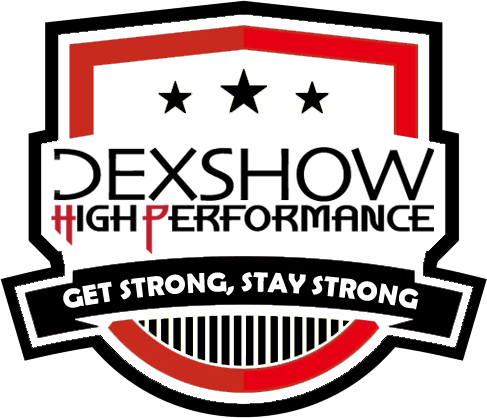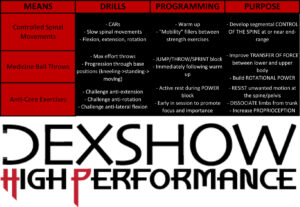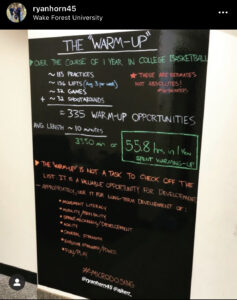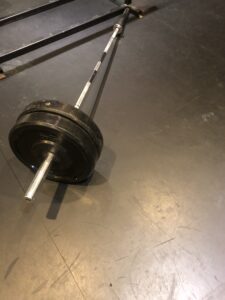“They told me I have to gain weight”
“That player needs to be more explosive”
“I have to run faster”
“My kid lacks endurance”
“He/She needs to be more flexible”
“I want to be a better __________ player”
“I need to lose weight”
“I’m in constant pain”
What do all of these quotes have in common (besides me hearing them constantly for the last two years)? They are all most likely a STRENGTH issue. Strength is often the low hanging fruit, the missing link, the quality that athletes and the general public need to perform, and the BASE OF ALL ATHLETIC QUALITIES. Without strength, you can’t have stability, power, speed, agility, endurance, mobility, resilience. All of these qualities are sought after by athletes and coaches, but strength is essential for everyone else as well. Well known baseball training pioneer Eric Cressey has a great article on his site that included this phenomenal graphic:
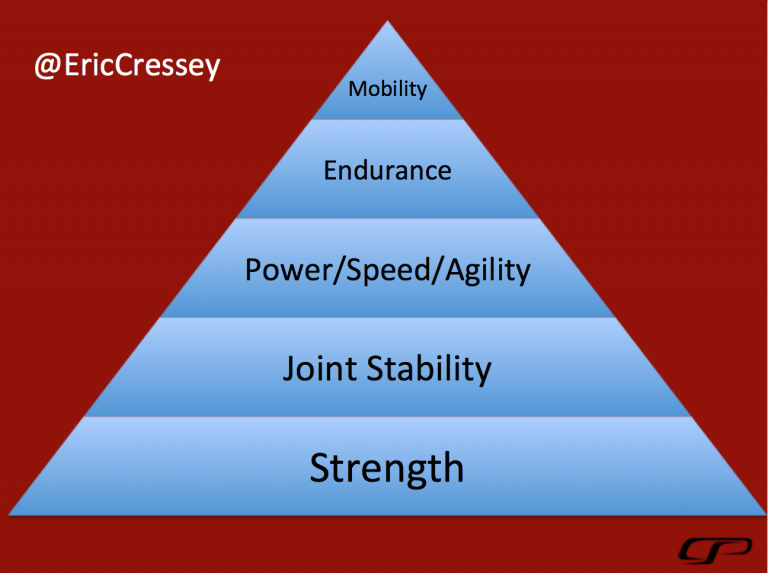
Strength is the conduit to virtually all athletic qualities as well as the basis for nearly all health and wellness goals. Without it, qualities higher up on the pyramid cannot be developed optimally or to their maximum potential. Here is how STRENGTH can be the gateway to pretty much every individual fitness goal, and WHY I PRIORITIZE IT in my training programs to help people reach their personal goals. Let’s start with some of the more obvious goals where strength matters.
"They told me I have to gain weight"
STRENGTH FOR MUSCLE MASS
Many times throughout my playing career, I’ve had teammates who were told by the organization that they needed to gain weight. I remember after my second year pro, a first round NHL draft pick was told he had to gain weight and came back the next season 20 pounds heavier and not any stronger. The guy ate fast food all summer and raised his body fat to gain the weight but it was useless mass. What the organization really meant here was for him to increase his size and strength which, in turn, yield a higher body weight number on the scale. Well-implemented strength training and consuming adequate protein amounts can help athletes pack on “functional mass” aka increased muscle mass that will help them improve performance in sport. Any increases in STRENGTH with the corresponding increase in muscle mass will help the athlete to gain useful, lean body mass and put it to use on the field of play.
"That player needs to be more explosive"
STRENGTH FOR POWER
Power is the ability to apply force quickly. The formula for power is POWER = FORCE x VELOCITY. Olympic lifting exercises such as the Clean and Jerk or Snatch are phenomenal expressions of power – the lifter applies force (their pull on the barbell) so quickly that the bar aggressively flies off the ground and into the catch phase of the lift. Power is a quality that can be improved tremendously with adequate power training BUT without increasing the baseline of maximal strength, it doesn’t matter how quickly you can exert your force into the ground/a bar/a ball. Think of identical twin athletes, both can squat 100 pounds and they have identical vertical jump height. One of the twins remains at the same strength level and bodyweight while the other trains hard and can now squat 400 pounds at a slightly higher bodyweight. When their vertical jump is tested again, who has the potential to jump higher? Athletes can train to apply their strength explosively once they have it but if there isn’t much strength to apply, it doesn’t matter how quickly the athlete can exert it.
"I have to run faster"
STRENGTH FOR SPEED

Speed kills. It is probably the most sought after physical attribute in team sport. The formula for speed is SPEED = DISTANCE/TIME and to improve it, we need to increase distance traveled, decrease the time it takes to get there, or both. By implementing a solid resistance training program, athletes can systematically increase their maximal strength level and in turn, have the necessary base to PROPEL THEIR BODY MASS FARTHER IN LESS TIME. A simple analogy here would be of two cars set to race – a 2000 Toyota Echo with 100 horsepower and a 2020 Nissan GT-R with 600 horsepower. The Toyota is an athlete with low maximal strength and the Nissan is one with a high strength level. You could tune the Toyota to have the most efficient transmission, the best tires, and a professional driver to drive it; meanwhile, the GT-R is faulty, only half its cylinders are functioning and it has bald tires and an amateur driver. Red, yellow, green – the drivers pin the gas. The Toyota uses all 100hp efficiently and effectively while the GT-R only expresses HALF of its true potential yet still destroys the Echo in the race. The Toyota will not compete with the GT-R until it gets a new engine and its maximum horsepower is raised (the weak athlete) whereas the Nissan can get a tune up, new tires, and a better driver to more easily reach its potential (the strong athlete training to express their strength as speed). This is overly simplified and probably mechanically incorrect (not a car guy) but you get the point – WITHOUT STRENGTH, SPEED CANNOT BE GREATLY IMPROVED.
"My kid lacks endurance"
STRENGTH FOR ENDURANCE
I think “endurance” might be the most commonly misconceived attribute when it comes to training. The amount of times I’ve heard parents, players, or coaches tell me that their child/they/their player has no endurance because they “get tired” during practice is obscene. First, you should get tired at times during practice, it means you’re working hard, but also, from what I’ve seen, most practices (especially youth) have excessive amounts of work expected of young, untrained athletes. In terms of what STRENGTH can do for endurance, think of the twin athletes from the STRENGTH FOR POWER section. How much less energy or percentage of effort do you think it takes the 400 pound squatter to move their body compared to the 100 pound squatter if body weight is roughly equated? It becomes a no brainer to see why the weaker athlete at similar bodyweight will tire faster. This is especially true for youth. Kids don’t need mindless conditioning to “improve their endurance,” it comes down to STRENGTH, plain and simple. It’s more efficient, highly beneficial, and most importantly, MORE FUN.
"He/She needs to be more flexible"
STRENGTH FOR MOBILITY
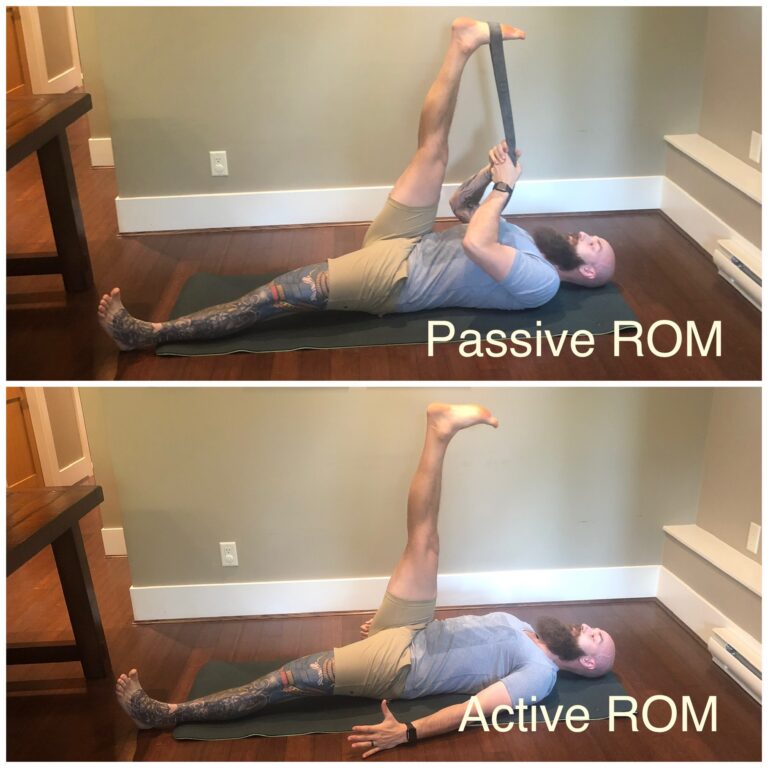
First things first, I’ll provide my definitions for flexibility and mobility because they are not the same thing. FLEXIBILITY is the ability to passively move through a range of motion (ROM) whereas MOBILITY is the ability to actively control a ROM unassisted. Flexibility will always be greater than mobility but a high degree of difference between PASSIVE and ACTIVE ROMs can be problematic. Thus, increasing passive ROM or flexibility without improving active control of that ROM (mobility) is potentially exposing tissues to a range of motion which they do not have the STRENGTH to function in, opening the door for potential injury. When people say they want to be more flexible, for the most part, they mean that they want to be MORE MOBILE and mobility training IS strength training for your joints. By improving core strength and resistance training through a full ROM, athletes become stronger and more mobile, helping to mitigate injury risk and improve performance.
“I want to be a better __________ player"
STRENGTH FOR SPORTS PERFORMANCE
How can getting stronger help with sports performance? Look at the outlined qualities above – Strength, Power, Speed, Endurance, Mobility – and think about what qualities you would want or need in an athlete. They all come back to requiring a great base in STRENGTH first. A solid resistance training program will do wonders for long-term athletic development, especially in young or untrained athletes; and for more advanced athletes and specializers, strength training can help undo some of the chronic overuse adaptations for those playing their sport every day for years on end. Strength training does not provide all the answers for sports performance but it is essential to a comprehensive training program for any athlete.
"I need to lose weight"
STRENGTH FOR WEIGHT LOSS
How can you tell me building strength can help with weight loss, you just told me it can help with weight gain!? Bare with me. Let’s start by prefacing this section with two points:
- Weight loss is LARGELY nutrition based – one must consistently consume fewer calories than they expend on a daily basis for a significant period of time. There are many factors at play here but it is generally accepted that a caloric deficit must exist for healthy, sustainable weight loss. It is not as easy as telling somebody this, though.
- When people have a weight loss goal, it should be a fat loss goal. We want to retain OR GAIN muscle while losing body fat. It is often the number on the scale that people chase or see as the end goal, when in reality, THEY REALLY HAVE A CERTAIN LOOK OR BODY COMPOSITION in mind.
For the purpose of this article, we will assume our weight loss client has their nutrition under control – they are eating adequate amounts of protein while in a consistent, small caloric deficit. By introducing a well-designed resistance training program focused on STRENGTH, the individual will begin to move their bodyweight with less effort allowing them to do more away from the gym, lift heavier loads to create more (good) stress on their body to drive muscle gain, and increase their work capacity to be able to burn more calories when training; all of these things will continue to drive body fat loss through increasing daily energy expenditure, having more metabolically active muscle tissue that requires energy to sustain (burn more calories), and the ability to do more work in less time when training, respectively. Furthermore, muscle tissue is more dense than fatty tissue thus giving a smaller, leaner appearance regardless of the weight shown on the scale. You need to get strong in order to get lean.
"I am in constant pain"
STRENGTH FOR CHRONIC PAIN
I’m not a medical professional, and this isn’t meant to diagnose or treat anyone’s chronic pain as pain can be multi-factorial, BUT for a lot of people, their pain is a result of poor function in daily life. For many, this poor function comes down to not being strong enough to move well – going down stairs, picking up things off of the ground, walking, running. If your body isn’t physically prepared to withstand the demands of your activities, the result can be acute injury or chronic pain (overuse injury). Anecdotally, I’ve coached many recreational runners over the last two years whose progressive strength training programs were the missing link in managing their chronic knee and/or back pain. It is almost magic!
As you can see, there are so many applications that are rooted in strength as a fitness quality. Whether you want to be a better, more complete athlete, lose that last 10 pounds, or try to live a healthy, pain-free life, IT BEGINS WITH STRENGTH.
Get strong, stay strong.
Coach Dex
